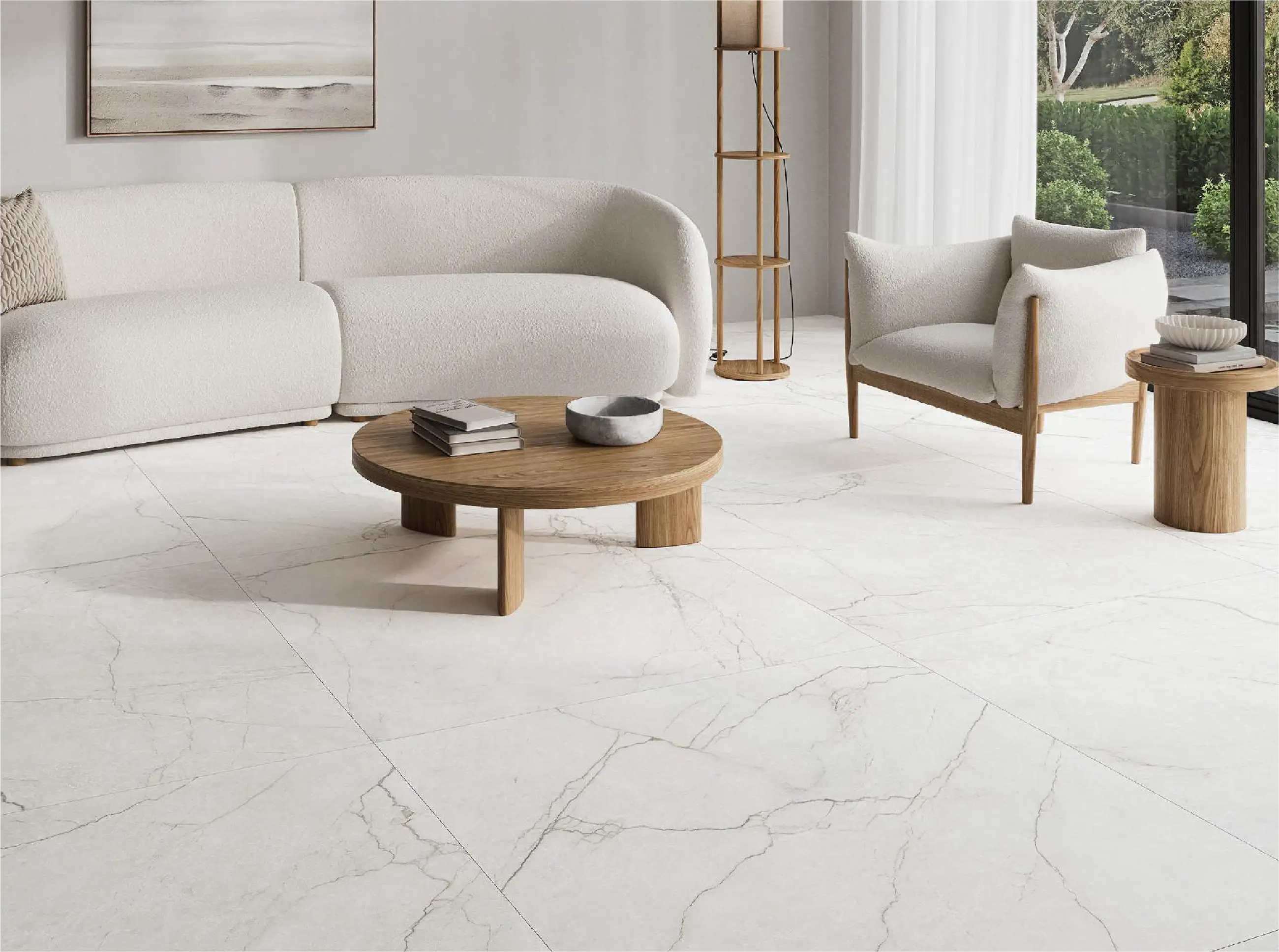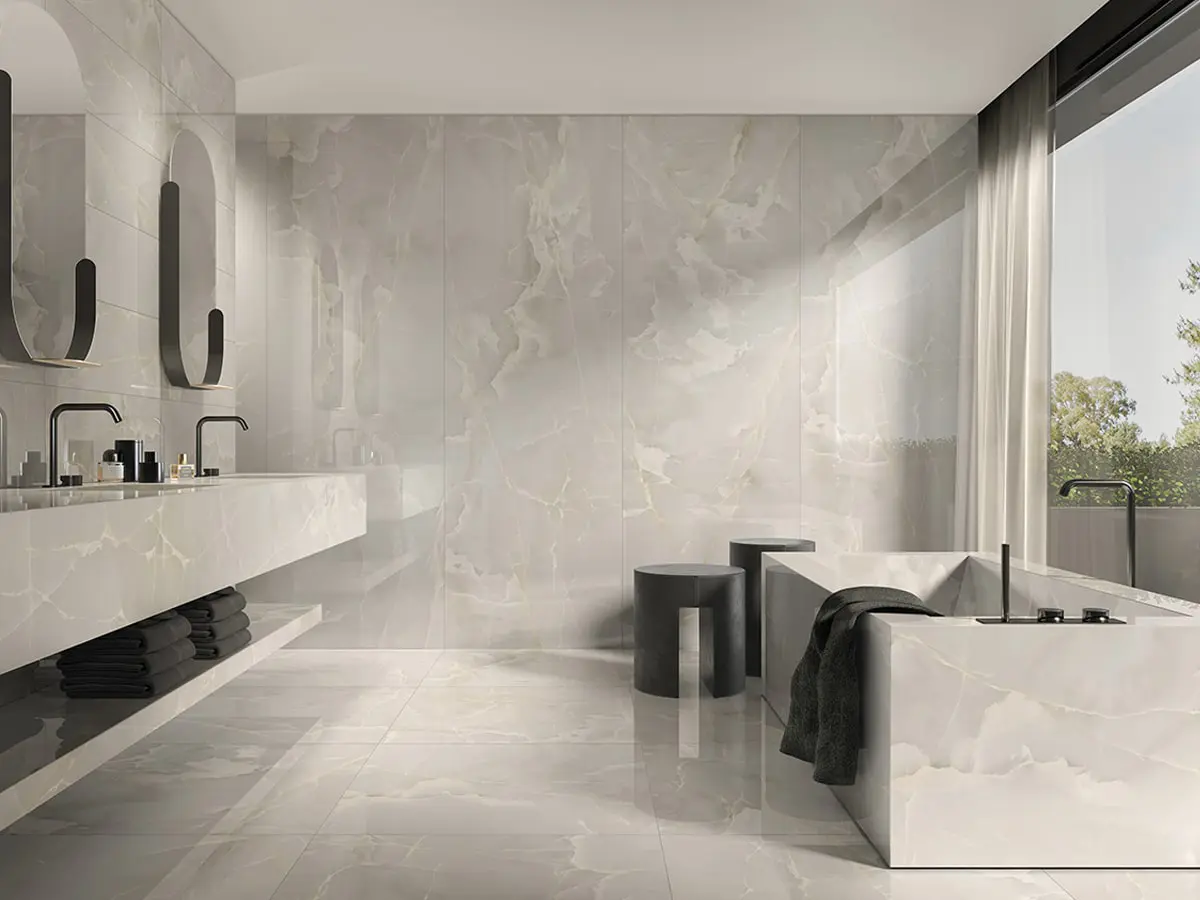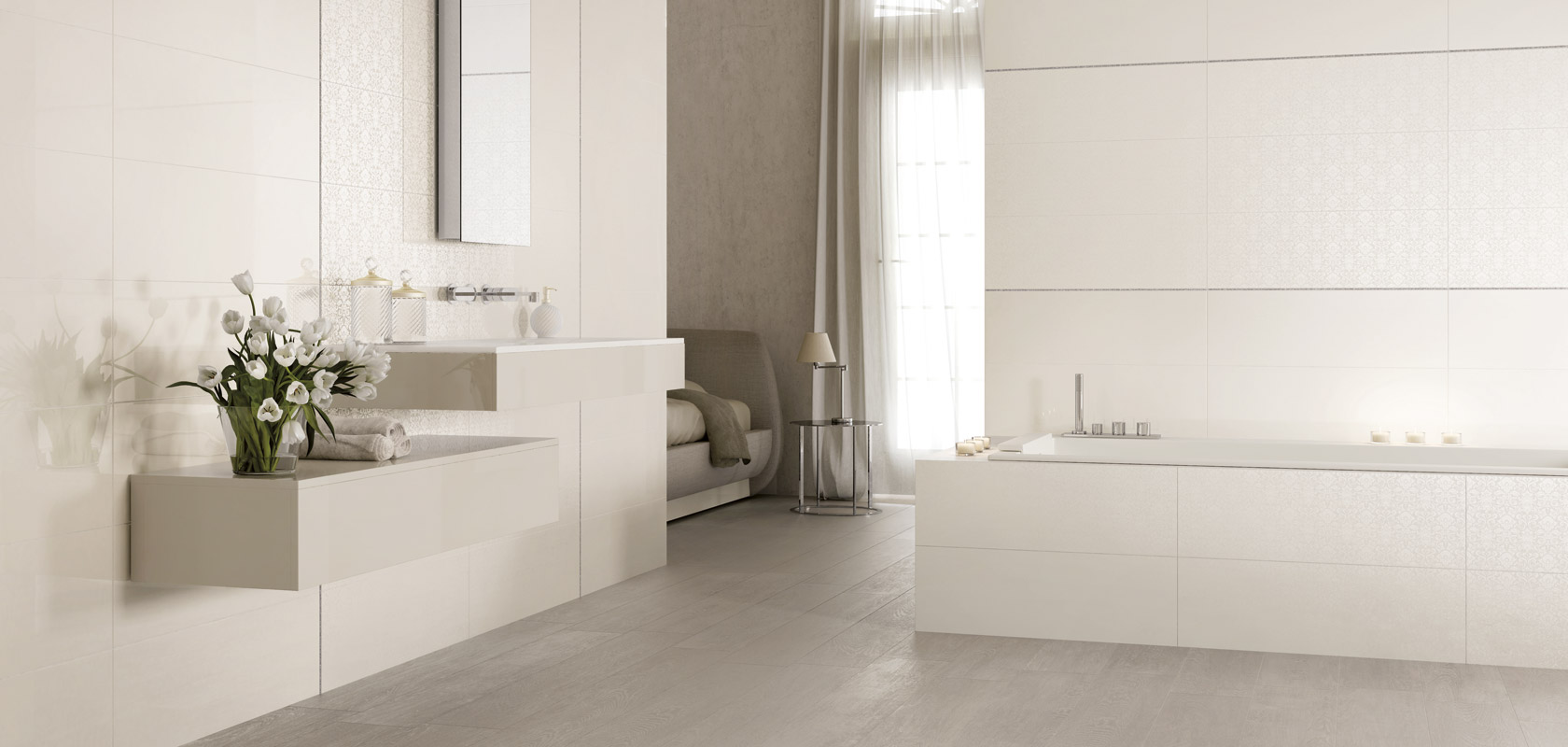Vaughan’s highest quality imported Italian tiles at the lowest prices

Design your home
Our premium tiles are the canvas where you can express your unique style. Transform your home into a personal statement with our expert design guidance and wide selection of products.
- Kitchen
- Bathroom
- Fireplace
- Outdoor
Learn the basics
Not sure where to begin? We’ve broken down some of the basics when it comes to tile selections, applications, and more, as well as some of the advantages of choosing tile over other materials.
Learn more

About Trini Tile
Trini Tile and associated companies have been Vaughan’s premier tile provider for the building industry and homeowners for more than 30 years. At Trini Tile, we maintain an exclusive network with the best suppliers to bring the top products to the GTA. At Trini Tile you get the best value for exceptional tile solutions.
Learn more


